70s Wood Epoxy Tornado by Skip Hawley

All photos by Sean Holland , courtesy of Robert Hawley. Click images for larger size & Slideshow. –
Past week we published a Tornado Worlds movie from the 1989 Worlds, footage uploaded by John Forbes, the two time Olympic Tornado medalist. In the post I requested for info about the wooden Tornado builds.
Yesterday I received great insights by Robert Hawley on his father Skip along some beautiful shots of theTornado & D-class wooden labor of love.
Wood work built is the noblest boat building technique around. I was lucky to learn a bit directly from my uncle who was a master naval carpenter, who learnt himself from my grandfather, a rowing shell builder and coach. Mentioned this several times, but worth once more as to emphasis the appreciation level I have for the work done by these Master builders & Artisans like Skip Hawley.
Read below details about the wood/epoxy Tornado and D Class he built in the 70s reported by his son Robert Hawley.
If you have any material from the good old days send it catsailignews gmail com and we’ll publish it. I’m gathering info for a new project, to build a set of our own Scorpion hulls build in Epoxy/Wood to honor tradition & builders like Skip Hawley.
Skip Hawley Tornado build story by Robert Hawley
“Back in the day before composite hulls were built from epoxy, and often exotics like carbon and kevlar, some builders believed a wood epoxy boat could be built lighter and stronger than a polyester glass hull.
The torture ply method was a good method for building plywood hulls, and as you probably know, there were other cats build this way (Unicorn A Class, Taipan, etc.). Some wood boats were built using diagonal planking, but that requires a full-size male jig to form the wood. Torture-ply requires minimal tooling, as long as you can get the shape you want – seems like many of the hull shapes today a very flat and full on the bottom.
My father, Skip Hawley, started sailing and racing Malibu outriggers (his first build) in the late 50’s, 60’s when he was a member of the Malibu Yacht Club. The club had a large fleet of Malibu Outriggers, some P-Cats, and Tornado cats at the time.
Later there would be many Hobies too. After the Malibu outrigger, he built a B-Lion B Class cat (from wood) which he raced here in Southern California. Sometime in the late 60’s, he started building Tornado in torture ply wood/epoxy method, and there was a very large, and competitive, fleet here in Southern California.
The pictures of the Tornado ready to be decked, are of US 1 for Bruce Harvey and Bruce Stuart. Bruce Stuart was an importer of Reg White Sailcraft of England wood Tornado cats, which was how he got the US 1 sail number. The boat Skip built for the Harvey/Stuart team was actually their second Tornado, and it was built from custom-ordered spruce plywood (3 mm I think) with an outer veneer of ribbon-grain mahogany.
Unfortunately I don’t have any pictures of the boat finished, but it was a clear-coat wood finish and a very beautiful boat (there is a pic of another set of painted Tornado hulls finished).
The Harvey/Stuart team went on the win the 1973 world championships in Toronto, Canada. Another wood/epoxy Tornado built in Skip’s shop finished third at those worlds sailed by Roy Seaman (son of Warren Seaman of CSK offshore catamaran fame).
Skip also built the hulls for Steve Dashew’s Beowulf V D class cat in the early 1970’s. Beowulf V was built in torture ply method from aircraft grade spruce plywood and epoxy resin for all bonding, and weighed about 700 lbs total. I don’t have any pictures of Beowulf V under construction, but I’ve included some pictures of a subsequent set of D class hulls under construction (Gabon mahogany plywood) to show the process for the Tornado and D-class hulls. You can see the deck jigs (which were modified Tornado jigs).
The process started with cutting the profile panels and attaching the shear stringers, then the panels were wired together and glassed along the keel-line while they were propped open to get the proper angle before bending into the deck jig. After the hull was bent into the jig (usually were been steamed to soften the wood), the deck frames, bulkheads, chainplate reinforcements, and other items were bonded in with epoxy. The hulls were saturated with epoxy inside and out, and the exterior finish was a light coat of glass with polyester resin and painted with polyurethane paint.
There are some pictures of Dashew’s Beowulf V sailing here on his website (he has a company that produces performance offshore cruising sail/power boats): https://setsail.com/multihull-history-how-cruising-started-for-us/
Tornado under-construction photos were all taken by Sean Holland who was a professional photographer at the time. D Class hulls pics I don’t recall the author.
Robert Hawley
D-Class construction by Skip Hawley- Click images for larger size & Slideshow.































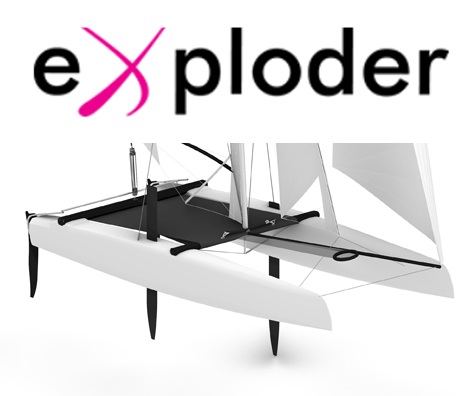
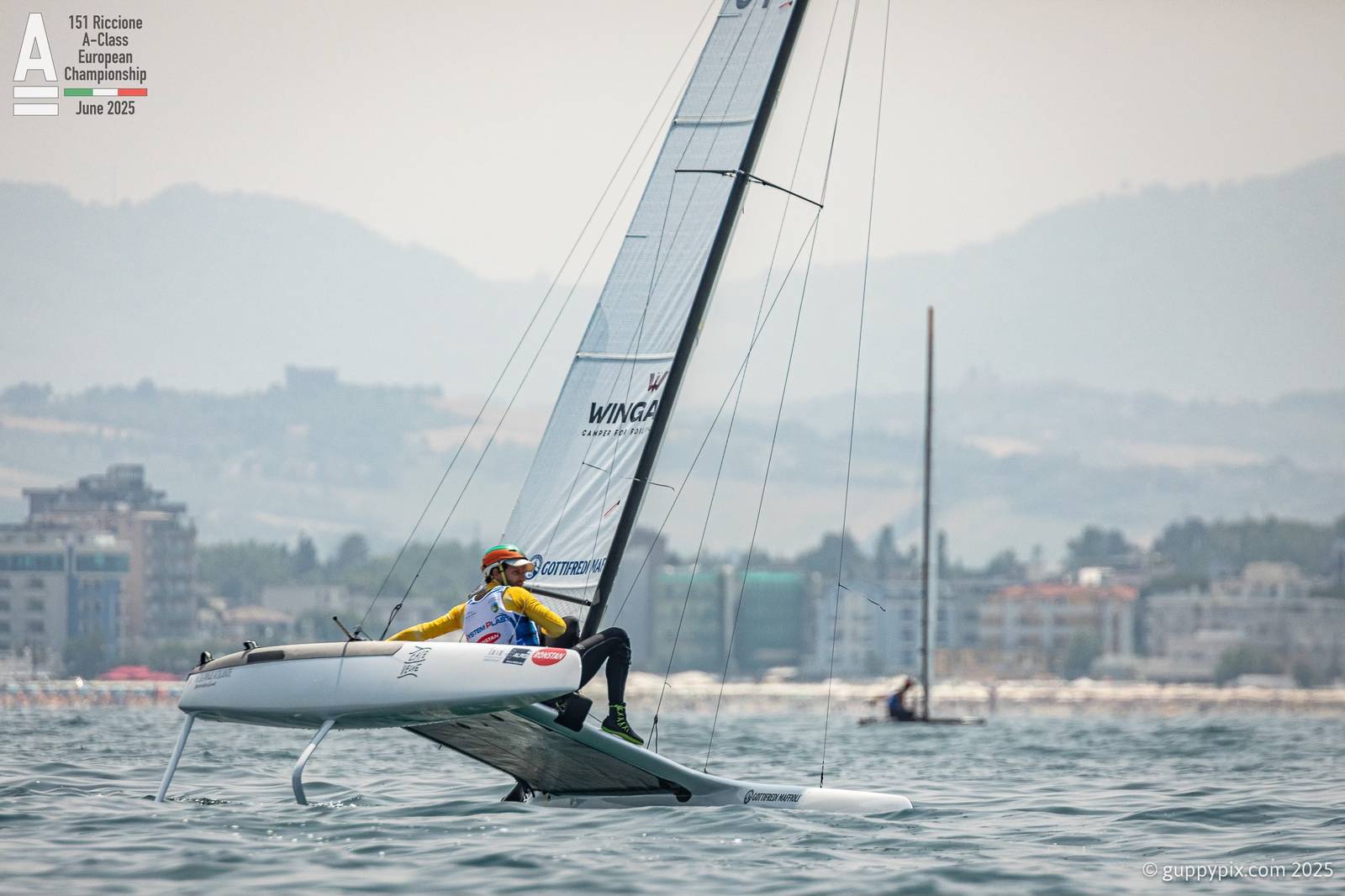
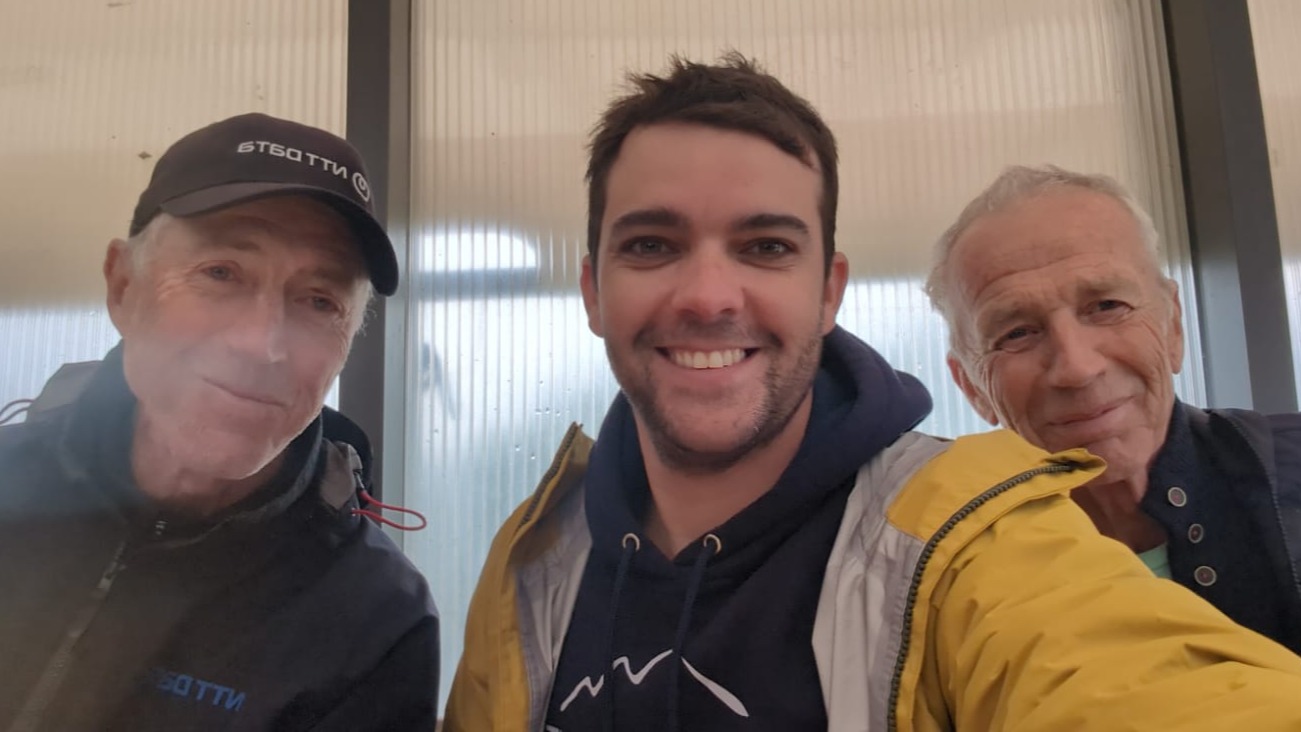
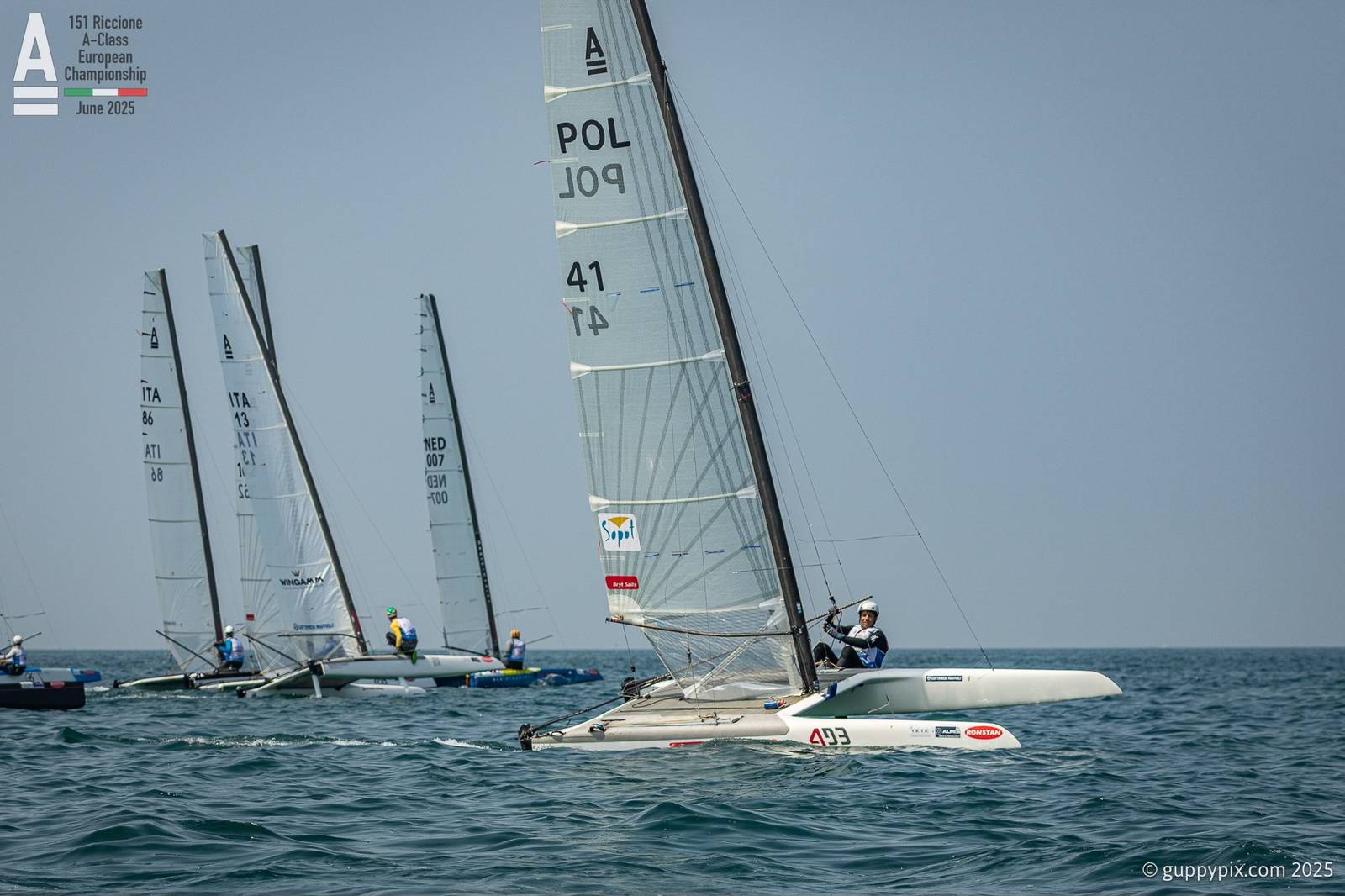
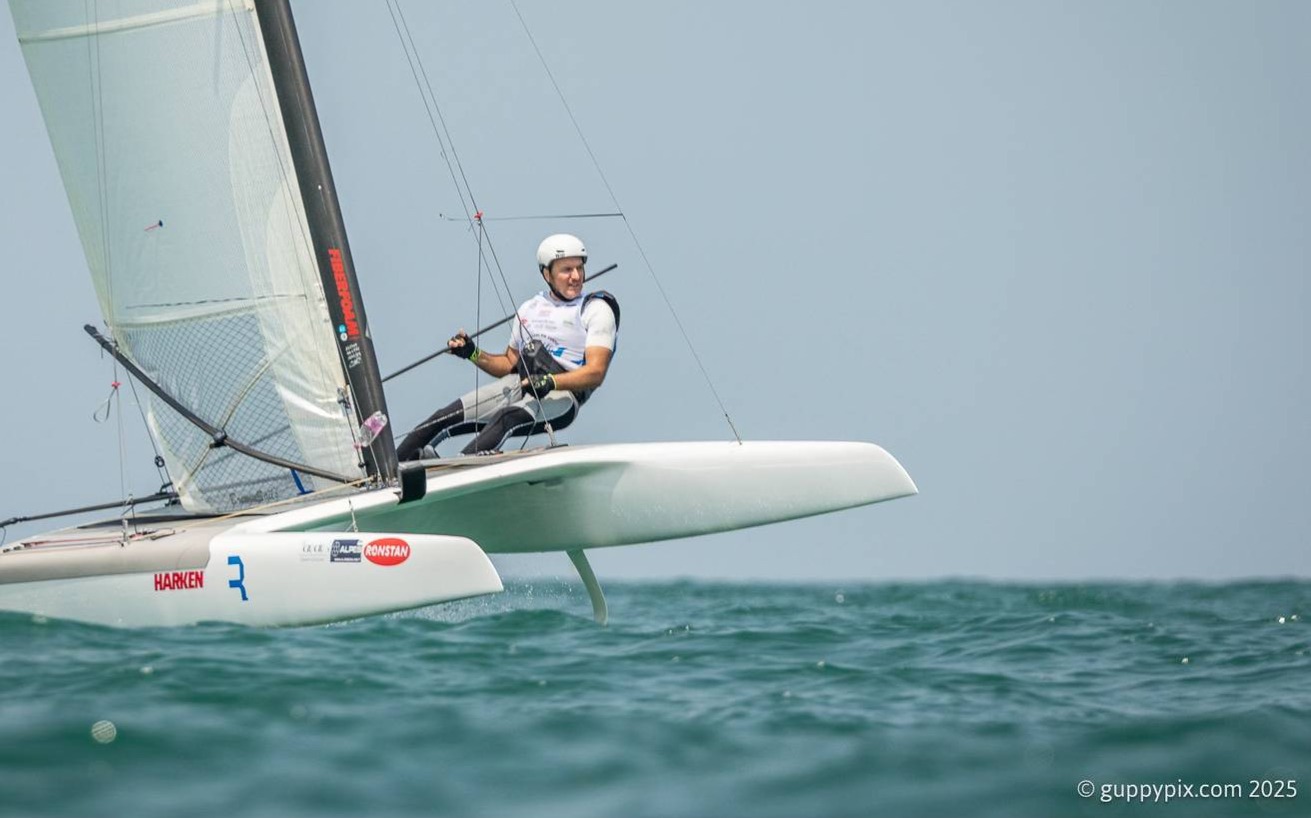
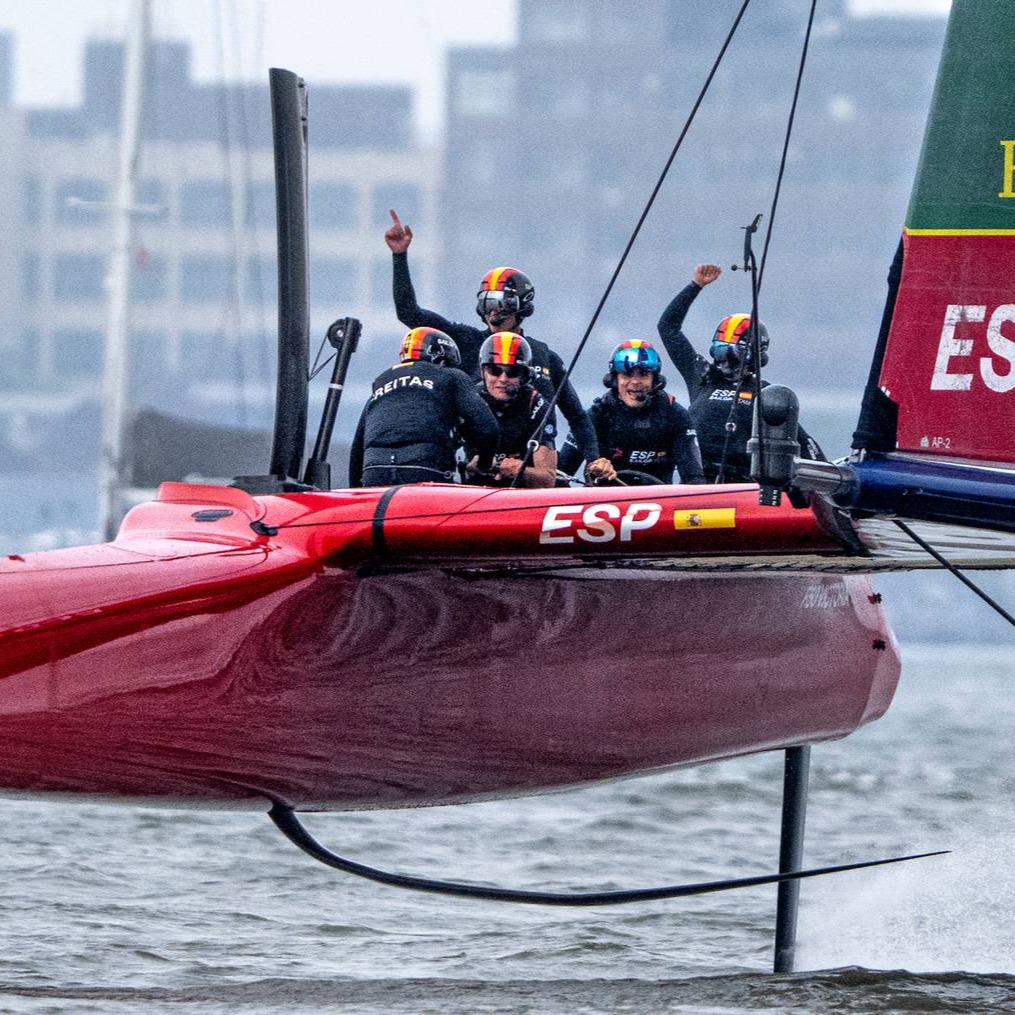
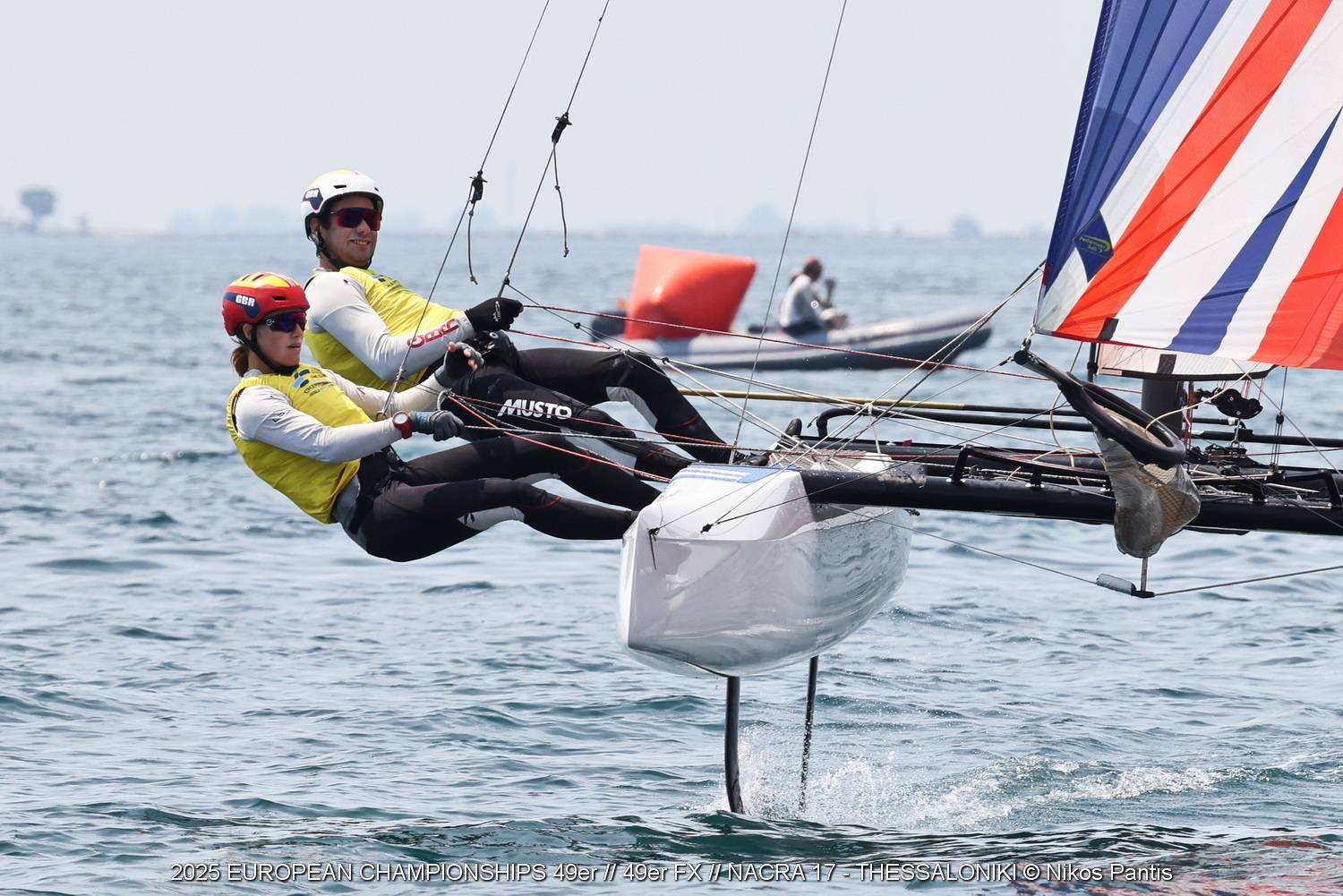
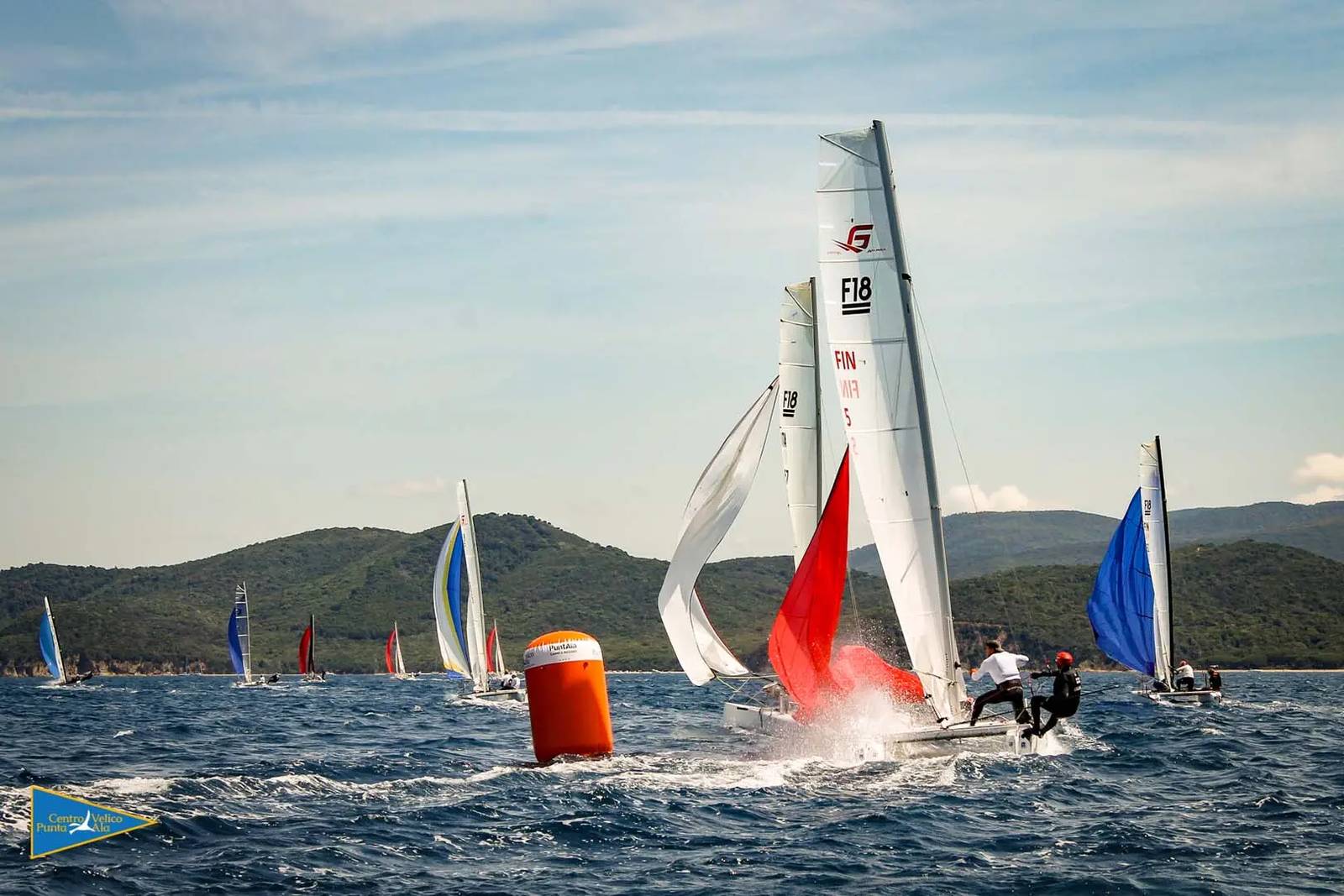
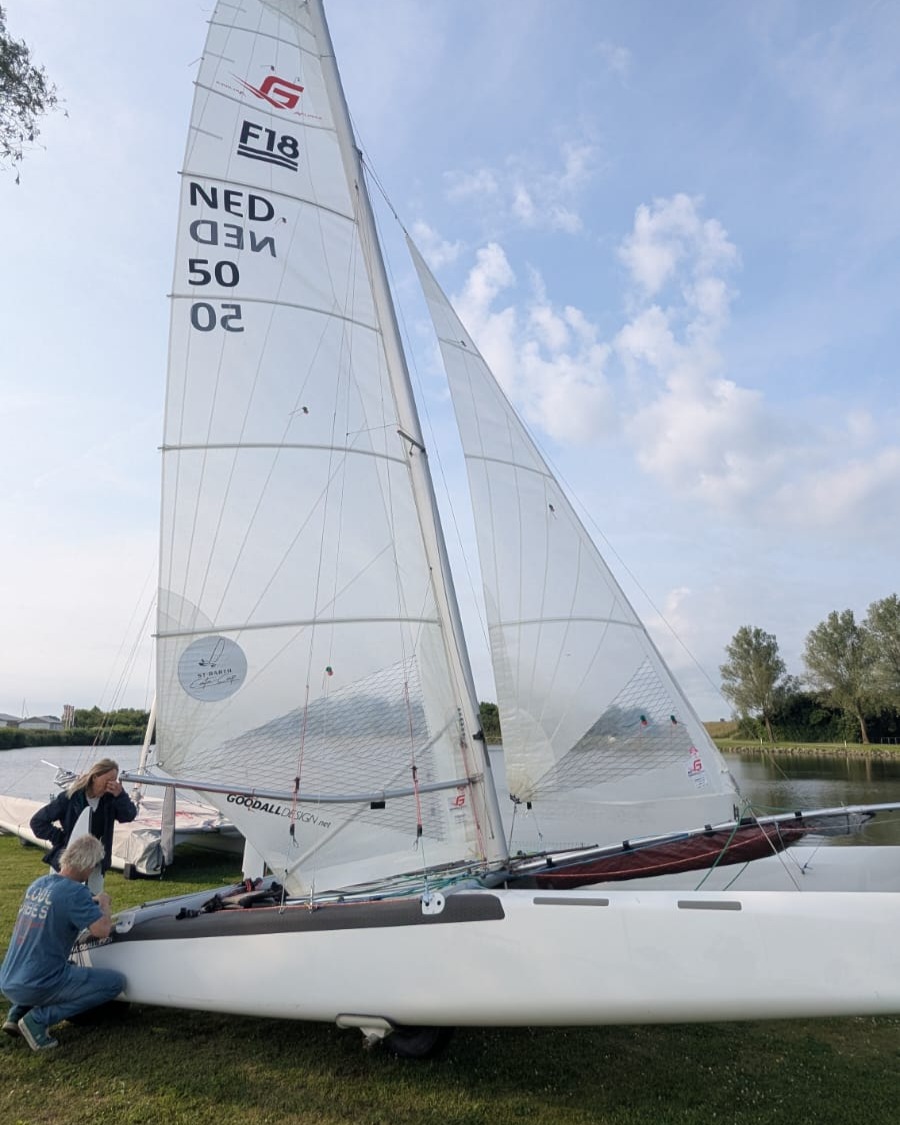
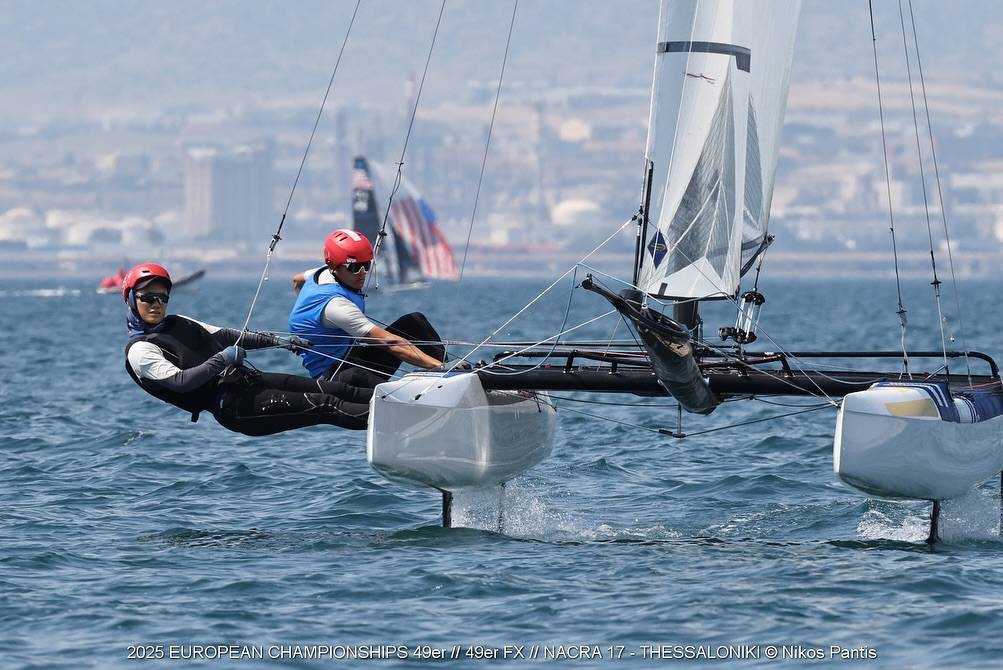



















Teo di Battista , 3° of Classic using Exploder Ad3 2016 version instead Scheurer .
I just heard that my great sailing friend and former CEO of Hobiecat Europe has passed. May The endless oceans…
...Report was sent by an F18 Sailor, if you want Hobies reported send your own, we'll publish as usual. Cheers.
Looks like in your report the Hobies are not really present. Suggest to rewrite the article.
Thanks for the great report Wik. Great battle.